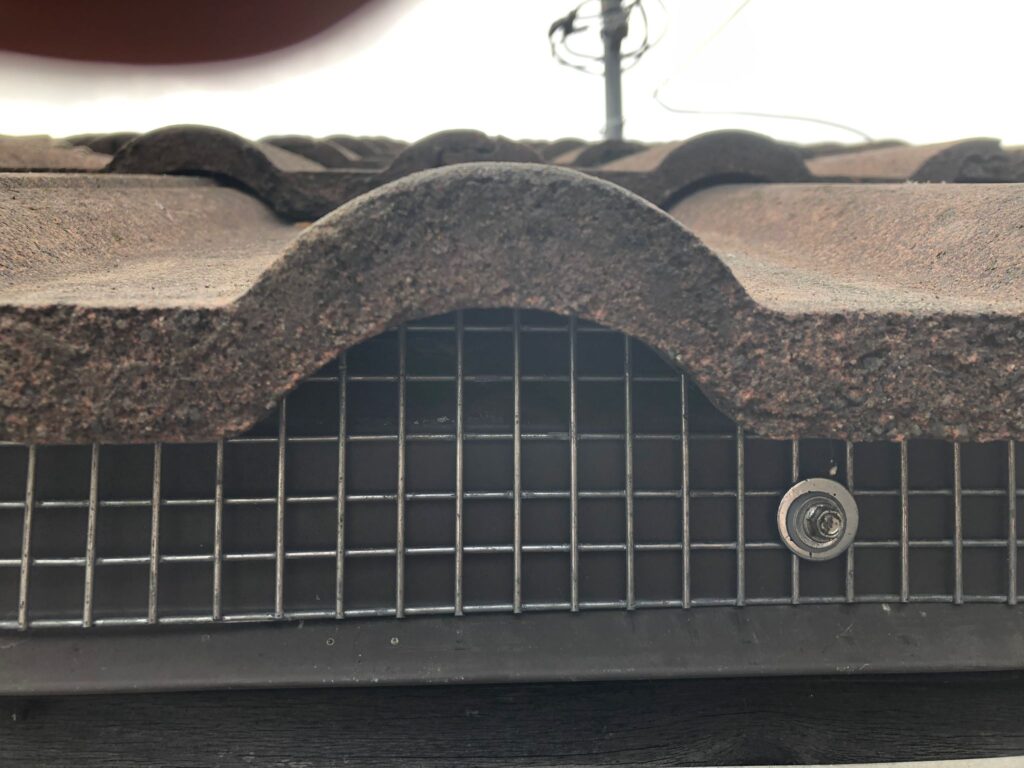Pest proofing refers to the process of making a building or structure resistant to pests, such as rodents, birds, large mammals, and insects. This involves identifying potential entry points for pests and sealing the features with appealing, permanent materials.
Pest proofing can involve anything from:
- installing flashing along the foundation or siding
- repairing flaws in concrete
- reinforcing vents
- sealing gaps in gutter lines
- reinforcing soffit under dormers
- finding sneaky
What is Pest Proofing?
Hover or click on the image to know how we pest proof your home!

Plastic Roof Vents

We safely remove your vents, install steel mesh, reinstall, and improve the weather sealing.
Foundation & Siding
We have developed effective and speedy methods to quickly address the many issues that can arise at your foundation level, including sills and siding. Usually, we use an HD custom flashing which we paint to match. Beyond pest-proofing your foundation, this product looks good and certainly adds value to your property.
Garage Door sweeps
Garage doors are one of the more common issues we see. They are often installed with gaps big enough for most pests, and the material can easily be chewed through by mice. We install a pest-proof door sweep and adjust the hardware of your door to ensure a pest-proof result that also improves your weather-proofing.
Pedestrian Door Sweeps
Pest-proof door sweeps should be installed on any door with greater than a 1/4" gap when closed or has a material or threshold which can be easily chewed through. These sweeps also help with weatherproofing.
Soffit Angles
Where soffit angles of an upper roof terminate on a lower roof, builders often cut the materials flush and rely on gravity and tension to keep everything together. For wind and water this works great, for pests, this building code oversight is one of the most common flaws allowing pest infestations. Depending on the shape, we install either flashing or steel mesh flush to the angle, protecting it from all species.
Gutter Line Gaps
There is often a built-in gap between the fascia and decking which allows rodents to chew access points easily, and often small pests can freely pass.
Builders aren't held to a standard when it comes to how fascia (which holds your gutter) adheres to the building, nor how the decking (which holds your shingles) is joined or overlain.
Columns & Drains
Often, structural supports and utility lines will be housed in voids which are inside your walls and the exterior finishing, making them invisible to a person who isn't looking for it, but may be a perfect highway for a pest that can access the void at either the ground or roof level.
Chimney
Less common than you would think a massive hole in your roof would be, but it happens. Usually treating for raccoons, squirrels, or rats, we install custom-made grates made out of steel mesh.



